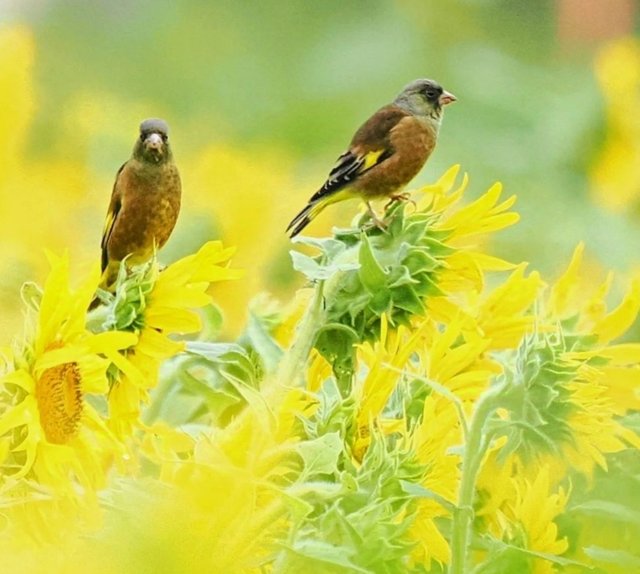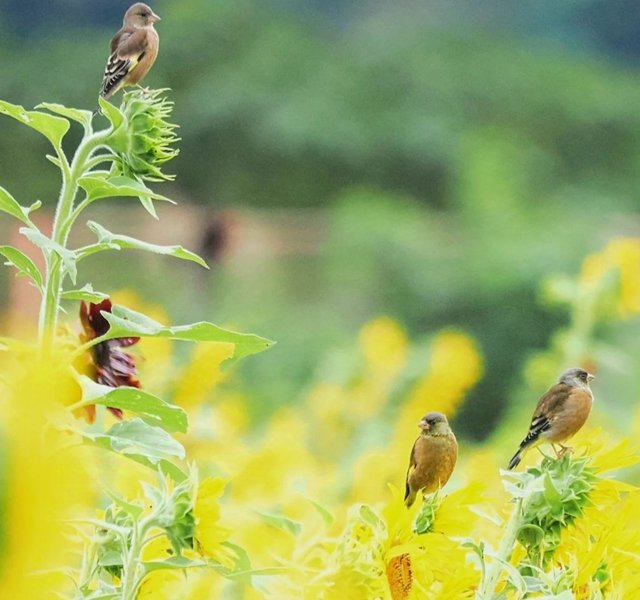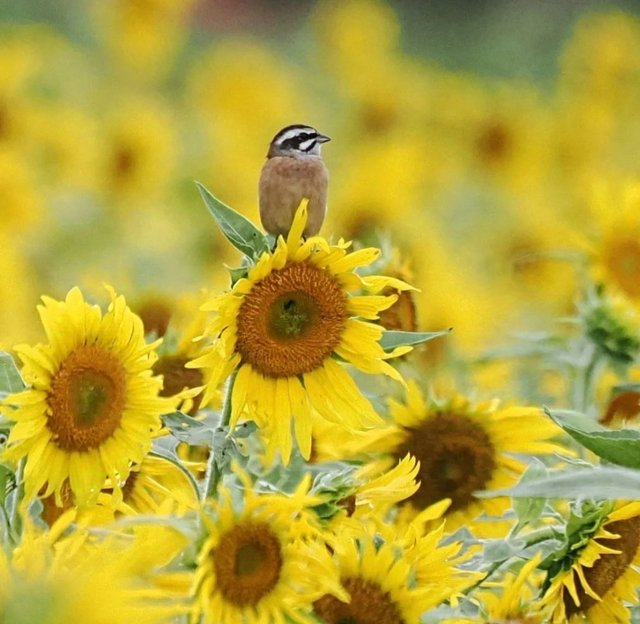So Beautiful Meadow Bunting Bird
The Meadow Bunting, a small songbird belonging to the Emberizidae family, is a charming and colorful bird native to East Asia. Known for its vibrant plumage, distinctive song, and adaptability, this bird has captivated the attention of ornithologists, bird watchers, and nature lovers alike. Meadow Buntings are widely distributed across Japan, China, Korea, and parts of Russia, often found in open fields, grasslands, farmlands, and scrublands. Here’s an in-depth look at the Meadow Bunting's physical characteristics, behavior, habitat, diet, and significance in its ecosystem.
Physical Characteristics
The Meadow Bunting is easily recognizable due to its striking appearance. Adult males have a rufous body, streaked with darker brown, and are adorned with a distinctive black and white head pattern. This black-and-white mask gives them a somewhat regal look, with black eye stripes and throat patches that contrast sharply with white cheeks. Females, on the other hand, have more subdued colors, with similar rufous and brown streaking but less defined head patterns, allowing them to blend better into their surroundings—ideal for nesting and brooding.
This bird is medium-sized for a bunting, measuring approximately 15-17 cm in length, with a wingspan of about 21-24 cm. The bright plumage of the Meadow Bunting plays a role in its mating rituals, with males using their colors to attract females during the breeding season.
Song and Communication
One of the Meadow Bunting's most characteristic features is its melodic song. Male Meadow Buntings sing complex, repetitive sequences of notes, which they use to defend their territory and attract mates. Their song, described as a cheerful "twee-twee-twee-chii," is often heard in the morning and evening, echoing across open landscapes. The unique call of the Meadow Bunting is not only a means of communication but also a critical part of its social behavior, helping to establish social hierarchies and warn of predators.
Habitat and Range
The Meadow Bunting is widely distributed in East Asia, with the largest populations found in Japan and China. This species prefers open, semi-natural habitats, such as grassy fields, meadows, farmlands, and coastal scrublands. In Japan, they are commonly seen in lowland fields, parks, and gardens, as well as rural farmlands. Their adaptability to human-modified landscapes has helped them maintain stable populations despite increasing urbanization.




Thanks For Reading
Device Information
| Device | Redmi Note 10 Pro |
|---|---|
| Lens | 64 mp |
| Location | Bangladesh |
